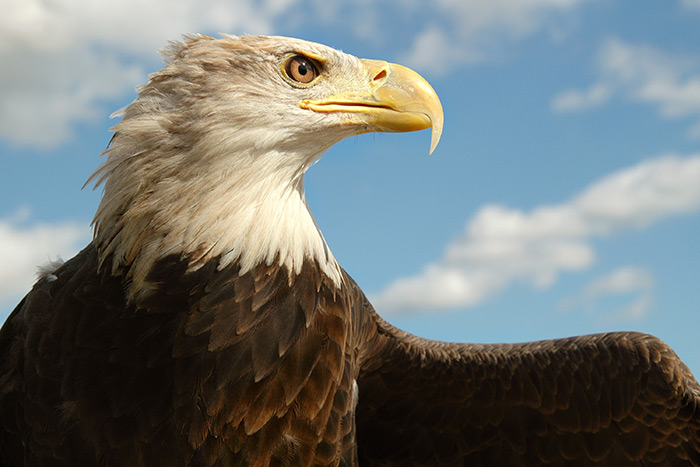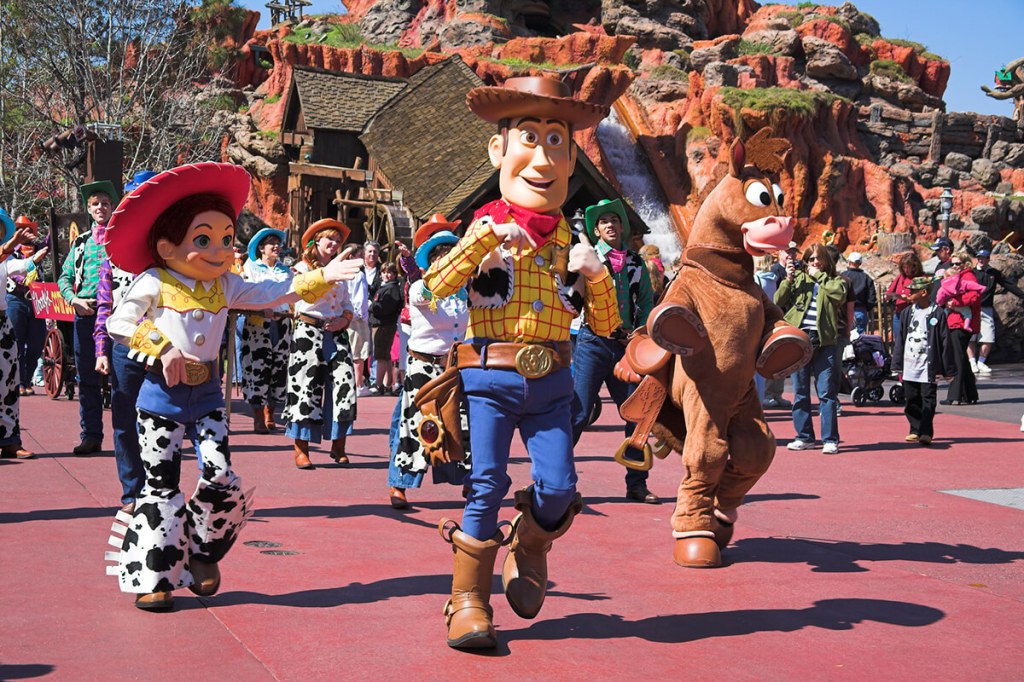Bald Eagle: Majestic Bird Back on Long Island's East End After 50 Years

From the lawn of the Bridgehampton Museum last week, I looked up into the sky to see an enormous bird, larger than any I had ever seen before here on the East End, gliding effortlessly along, fearlessly taking in the scene below.
I knew immediately what I was seeing, because about 10 years ago I toured the Olympic Peninsula where the State of Washington meets Canada and had seen a bird exhibiting this remarkable and majestic behavior. It brought its wings into its sides and headed down for a bit, gaining speed and coming lower and lower. But then, sensing a wind updraft, it unfolded its wings to their great span—seven feet and more—and rose up on it again in order to swoop effortlessly some more.
It looked more like a giant kite or glider than a real bird. And seeing it perform this way over Bridgehampton is what convinced me this bird was a bald eagle. The national bird. The bird in the center of the Great Seal of the United States. The bird on state flags, pennants and silver dollars. The bird considered sacred by Native Americans. The enormous bird that to many signifies the dignity and strength of this great Union.
What is a bald eagle doing on eastern Long Island? It turns out that the bald eagle, which before 1950 was here in great numbers, is back. In the early 1950s, the bald eagle was wiped out on Long Island by the use of trucks spraying DDT along the streets of the East End. DDT killed mosquitoes, and was said not to hurt wildlife, particularly large wildlife. But nobody ever noticed that the eggs being laid by the female bald eagles had a very thin and vulnerable calcium shell, easily broken, easily a meal for small land predators. In short order, the bald eagles were gone. Thirty years passed before anyone realized the cause. Because of this and other problems, DDT was banned. And it has taken all this time for them to begin to come back.
There are currently bald eagle nests on Shelter Island, in Mastic and Riverhead, and perhaps in Shinnecock. The eagle I saw swooping around probably came from that nest on Shelter Island. It would require almost no effort at all for an adult eagle to ride the updrafts and downdrafts from Shelter Island to Bridgehampton. I took photographs of this eagle. And a woman took a photograph of it swooping around up there with a longer lens than I have. It was an amazing sight.
For the last 50 years, the king of the all the birds here on eastern Long Island has been the osprey. Rectangular wooden platforms, built by humans, are atop about 100 telephone poles built for that purpose here on the East End, near bodies of water in most of our towns and villages. Ospreys like them and build nests about four-by-six feet up there. Adult osprey have wingspans of five feet and are formidable creatures indeed. They can be seen diving for fish in our lakes, harbors, ponds and bays, heading into the water head first to come up with fish as long as 16–18 inches.
Osprey’s outer toes are reversible, so one toe on each foot acts like an opposable thumb. They can dive into water, grasp a fish of up to four pounds and take it back up into the sky, wriggling and still alive. You can identify an osprey by its white chest feathers, cap and oversized wingspan compared to other birds. Its call is a series of yawk, yawk, yawk noises. When alarmed it changes to a cheereek! noise. They are fierce defenders of their families and nests.
And they mate for life. If a mate dies, they mourn, and, sometimes, they find a new mate. But sometimes not.
But now the osprey’s reign on the East End is over. The eagles are in town, and these eagles are ruthless. They steal fish away from an osprey as it goes home. The eagles can even swoop down on an osprey and have it for dinner. The osprey depends on fish for 99% of its diet. The eagle depends on fish for about 80%. For the rest, it eats ducks, gulls, coons, herons, egrets and geese. There are videos of bald eagles making off with rabbits, raccoons, beavers and even harbor seals. And they hold the record for carrying off the heaviest load of any bird. They’ve been filmed carrying off mule deer fawns weighing 15 pounds. They can drive the osprey out of their nests and take them over for themselves. And they can work in pairs. There have been cases where bald eagles work together to land prey. One will distract the prey while the other sneaks up behind to grab it.
But be aware there has never been an instance where a bald eagle has even tried to take off with a small boy or girl. No one knows why.
The bald eagle has a mating ritual that is unique. A male and a female, high up in the sky, approach each other and lock talons. The result of this is a tumbling down from the sky in this talon embrace, going over and over in grand cartwheels until, just before they hit the ground, they unlock their talons and fly off. Here in the Northeast you might see them do this in February when courtship begins.
When the nest is full of eggs, either the male or female is always on guard nearby. It’s the female that almost always does the nest-sitting, though.
Bald eagles might take over an osprey nest, but they have to add to it. An eagle nest can be up to six-by-ten feet and weigh half a ton.
There are laws against killing a bald eagle. You can, only under special circumstances, be allowed to hunt one. There’s a government group that will gather up eagles that have died and give the carcasses and features and pelts to nationally registered Indian tribes for their use in religious practices.
Eagles diving for prey do not go head first into the water. They dive down and snatch up fish in their claws from just below the surface. Eagles have been clocked diving at 99 miles per hour. The wind electric-generation industry has to pay a fine if their windmills kill more than 1,400 eagles per year. On the other hand, with eagles making this huge comeback, they are now listed as “a species of least concern.” Eagles were de-listed from the List of Endangered and Threatened Wildlife on June 28, 2007. And did I tell you they have been known to eat their young?
And then there was Ben Franklin. During the year after the bald eagle was selected as the national bird, Franklin, who was not on the committee to decide that, wrote to his daughter that “I wish the bald eagle had not been chosen the representative of our country. He is a bird of bad moral character. He does not get his living honestly… and besides he is a rank coward: The little king bird, not bigger than a sparrow, attacks him boldly and drives him out of the district.”
Legend says he wanted the wild turkey to be the symbol. But there’s never been any proof of that.
At the present time, a bald eagle nest is in the crook of a tree on the lawn of Great Neck South High School. They can be studied from the windows.



